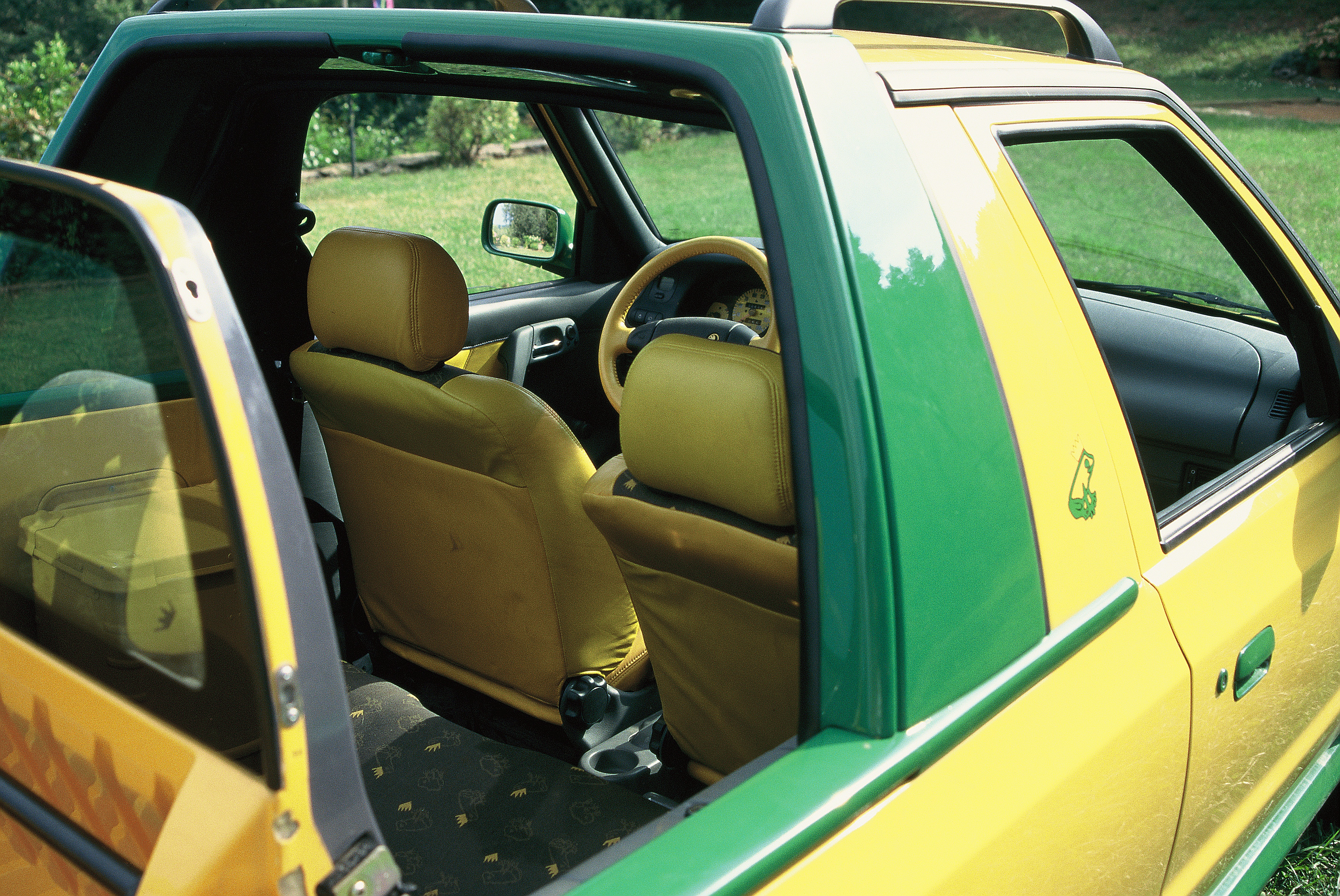In 1925 a strong partner, the Pilsen-based giant ŠKODA, took control of LAURIN & KLEMENT, but that was not the only clever combination of the time. The basic model in the company’s wide range at the time was the LAURIN & KLEMENT ŠKODA 100/110. This comfortable automobile may have offered enough room for large families, but few could afford it. And in those days there was little time for weekend excursions, because most people worked on Saturdays as well. But an ingenious two-in-one body solution made it possible to use the vehicle seven days a week. The front of the car was fixed as far as the front seats, but after loosening a few screws you could take off the rear part and easily replace it with a flat-bed attachment offering 1750 x 1580 x 400 mm of load space. All of a sudden, traders had a sturdy goods vehicle that could carry loads of up to 500 kg and converted into a six-seater family car on Sundays. The idea might have been inspired by service centres that boasted of being able to convert a car from a winter to a summer vehicle in just seven minutes. Incidentally, in Czech estate cars are called “kombi”, which comes from the term “combined body” that was used in those days to mean two vehicles in one: a passenger vehicle and a service/goods vehicle.












































